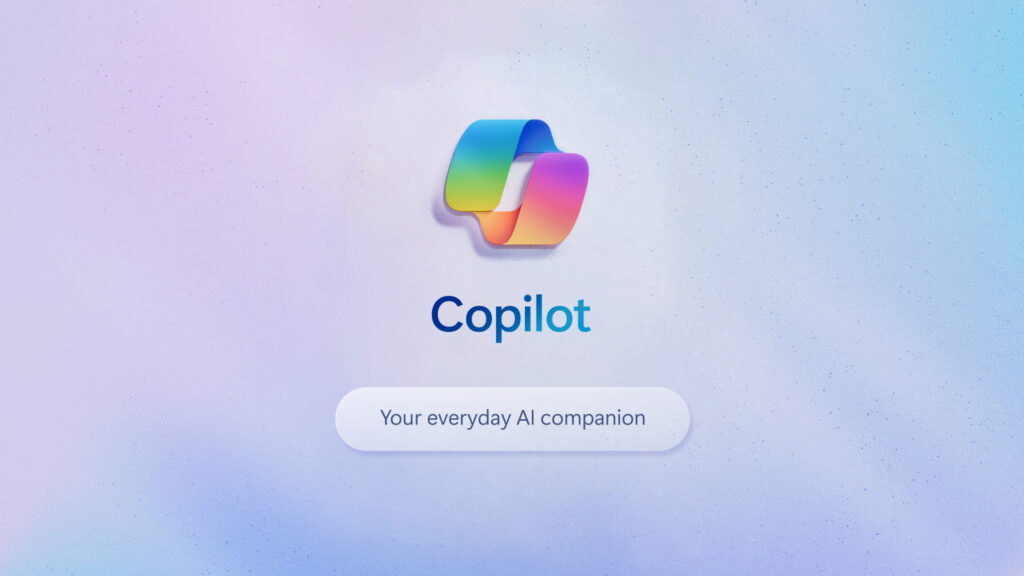In the ever-evolving landscape of modern work, you are likely looking for ways to improve efficiencies within your group and to keep up with the pace of business. Whether you’re embarking on a cloud migration, implementing new technologies, or enhancing your data strategy, one critical factor can make or break your success— the capabilities of your workforce.
Imagine a future where your organization thrives and seamlessly adapts to change. This can be your reality, but the key lies in strategically assessing and leveraging the talent within your organization.
A skills inventory is a powerful tool that enables you to systematically assess and document the knowledge, skills, and abilities of your employees. By creating a comprehensive record of their capabilities, you gain valuable insights for workforce planning, talent allocation, upskilling initiatives, and even informed decision-making for selecting the right platforms and tools best suited for your team.
It’s difficult to predict the implications of your skills inventory- potential outcomes could include reorganizing teams to centralize or decentralize skills (depending on your goals), upskilling, and /or growing your team. To best prepare yourself, collaborate with your talent management team or with one of our organizational change management experts. By following the steps below, you will be able to harness your organization’s talent throughout your modernization journey.
1. Identify Relevant Skills
What skills are important and relevant for this modernization? Perhaps you’re looking for a headcount on who has the skills for data science, or maybe you’re curious about whether you have the skills to for enterprise architecture in-house. The skills inventory can include technical skills, interpersonal skills, industry-specific knowledge, certifications, and qualifications. A proven way to figure out what items to include in the skills inventory is to conduct a job analysis for critical roles.
2. Determine Assessment Method
There are many ways to gather information about tasks, knowledge, and skills (interviews, focus groups, surveys). We recommend creating a survey and validating the results through manager feedback and HR data.
Self-Assessment: Create and launch a survey where individuals can indicate their skills, proficiency levels, and the amount of time they spend on certain tasks. Since this would be self-reported, validate the results through manager feedback or talent management data.
Manager or Peer Feedback: Seek input from managers or colleagues to provide insights into their observed skills and competencies.
Talent Management Data: Review performance evaluation records, feedback from previous projects, and gather insight your Human Resources team might have on talent reviews.
3. Collect Task, Knowledge, & Skills Data
Once you determine the assessment method, begin the data collection process. This may be through timeboxing a survey to dozens or hundreds of employees, scheduling manager interviews, and reviewing available talent data. Ensure that the data collection process is well-structured, consistent, and accessible to all individuals participating in the inventory. Pro tip: when conducting a survey, ensure the items are set up in a way that will make cleaning, analyzing, and interpreting results easier.
4. Organize and Analyze Data
Organize the collected data in a structured format, such as a skills matrix, database, or HRIS platform (many HIRIS talent management modules can store skills and document plans for internal mobility). Categorize the skills based on the skill areas or job functions and analyze the data to identify patterns, trends, and skill gaps within the organization.
5. Utilize Skills Inventory
You can leverage the skills inventory results for workforce planning, talent allocation, skill gap analysis, succession planning, and platform or tool selection.
Workforce Planning: Identify the skills available within the organization, assess the demand for specific skills, and identify potential skill shortages or surpluses. This is how you can make informed decisions regarding recruitment, training, and talent allocation.
Talent Allocation: Match individuals with specific projects, teams, or tasks based on their skills and expertise.
Skill Gap Analysis: Identify areas where training or development initiatives are required to address skill gaps. The results allow for targeted training programs and career development planning.
Succession Planning: Identify individuals who possess critical skills required for key roles within the organization; this helps in developing talent pipelines and succession plans.
Platform and Tool Selection: Compare existing knowledge and skills to your technology plans; you may be able to minimize disruptions to work by selecting tools and platforms your organization is already familiar with.
Ultimately, harnessing the potential of your organization’s talent through a strategic skills inventory is key to thriving in the ever-changing landscape of modern work. By systematically assessing and documenting the knowledge and skills of your workforce, you gain insights that drive workforce planning, talent allocation, targeted upskilling initiatives, and informed decision-making for platform and tool selection. Embrace this transformative journey, leverage your talent, and make adaptability to change the new norm.





Leave A Comment